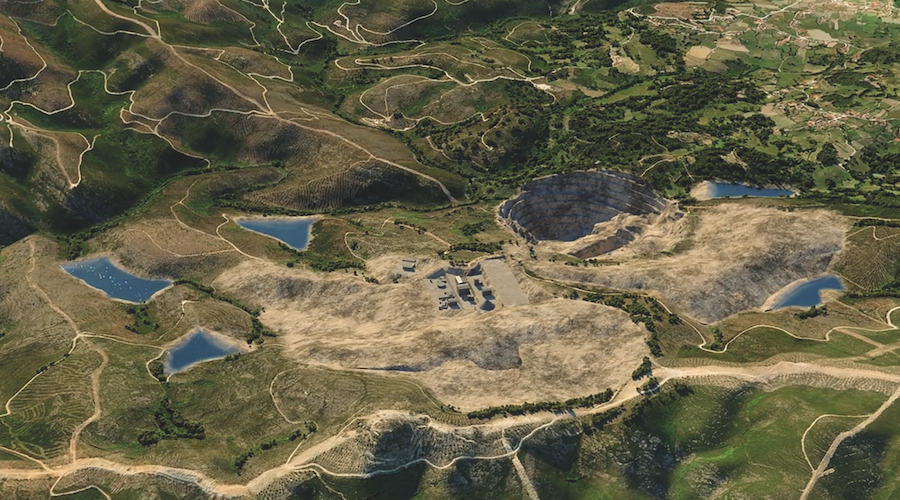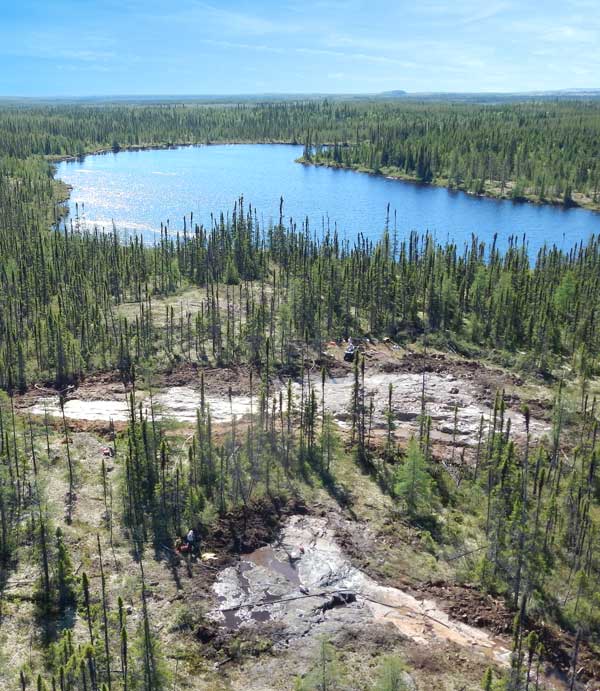Savannah Resources raises $8m for Portugal lithium project

Savannah Resources (AIM: SAV) said on Friday it had raised £6.1 million ($8m) through equity, which allows it to move forward with its Barroso project in Portugal, slated to be western Europe’s largest lithium mine.
The company fetched £2.4 million ($2.7m) through the placing of 51.2 million shares at 4.67 pence each, alongside £3.7 million ($4.2) through the subscription of 79.2 million shares at the same price.
Chief executive Dale Ferguson said Savannah Resources will now have the monetary reserves available to complete the DFS drilling program, the mineral resource estimate upgrade and other work, including processing plant and infrastructure design.
Savannah Resources is also progressing on the permits front. It received in May the environmental impact assessment (EIA) from the Portuguese government, which the company had hoped to secure last year, but it got caught up in red tape.
The company acquired a 75% interest in the lithium project in May 2017, maintaining a fast paced development approach since. January’s 2022 parliamentary election in Portugal, chairman Matthew King recently said, impacted the timing of the assessment as meetings with government officials were postponed.
Barroso is expected to help Europe reduce its dependence on fossil fuels and speed up its green energy transition.
The company has also a plan to significantly cut the project’s direct emissions (or Scope 1) to zero. Indirect emissions (or Scope 2), which are those tied to inputs a miner purchases, could be lowered by 54% from the original 2019 forecast, thanks to a potential reduction in the plant’s power requirement.
The project holds a resource estimate of 27 million tonnes of lithium with over 285,900 tonnes contained Li2O, at an average grade of 1.06% Li2O, which the company believes to be enough to supply a “material proportion” of Europe’s lithium demand over the coming decades.
The mine will also yield a feldspar and quartz co-product used in the ceramics industry, which will be sold to customers locally and in neighbouring Spain.
Portugal, already Europe’s top lithium producer, accounts for about 11% of the global market, but its output is entirely used to make ceramics and glassware, which is why Europe relies on lithium imports from Latin America’s Lithium Triangle, as well from Australia and China.
More News
California start-up launches next-generation magnesium production technology
May 28, 2025 | 03:09 pm
{{ commodity.name }}
{{ post.title }}
{{ post.date }}


Comments